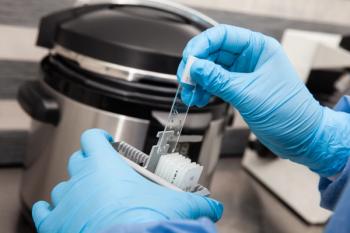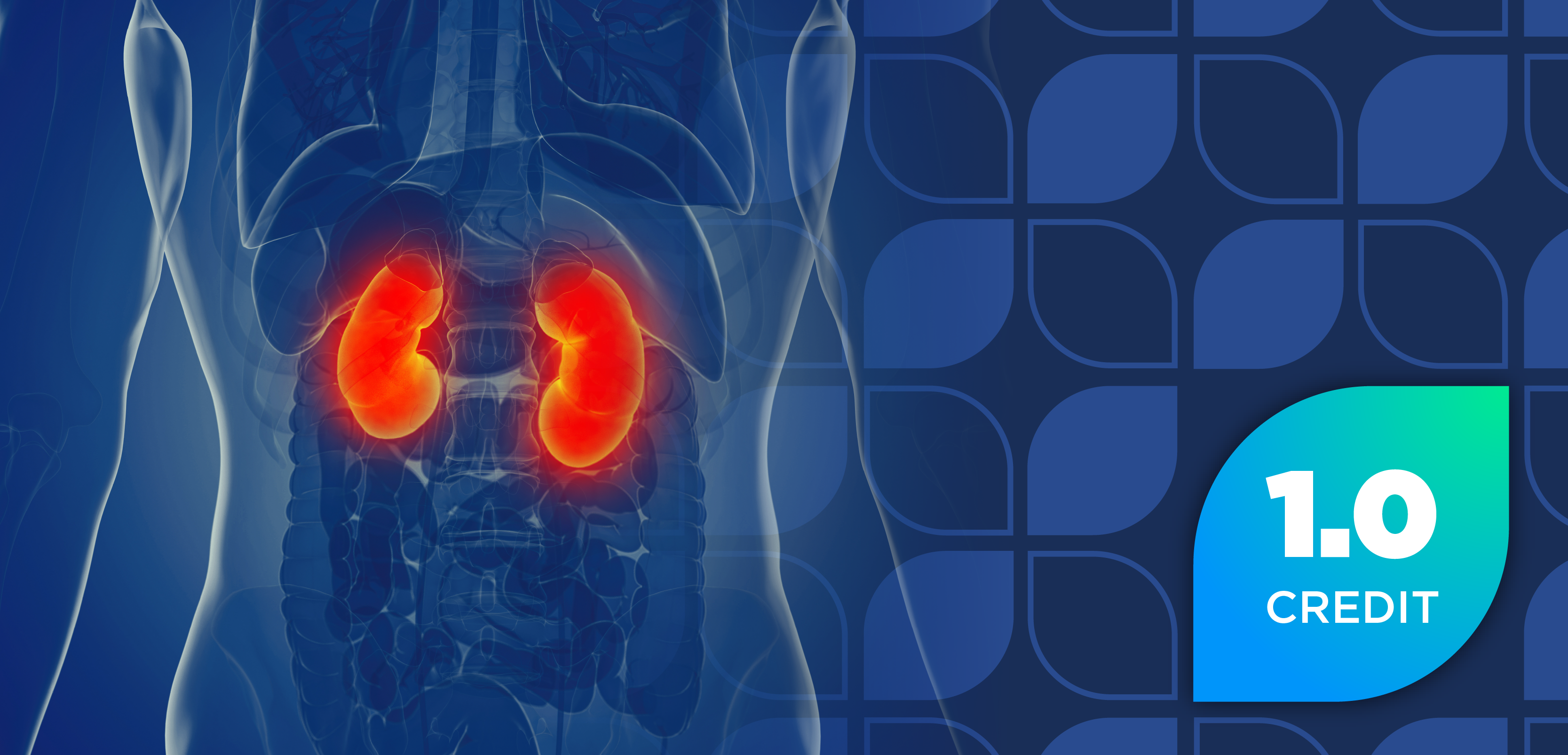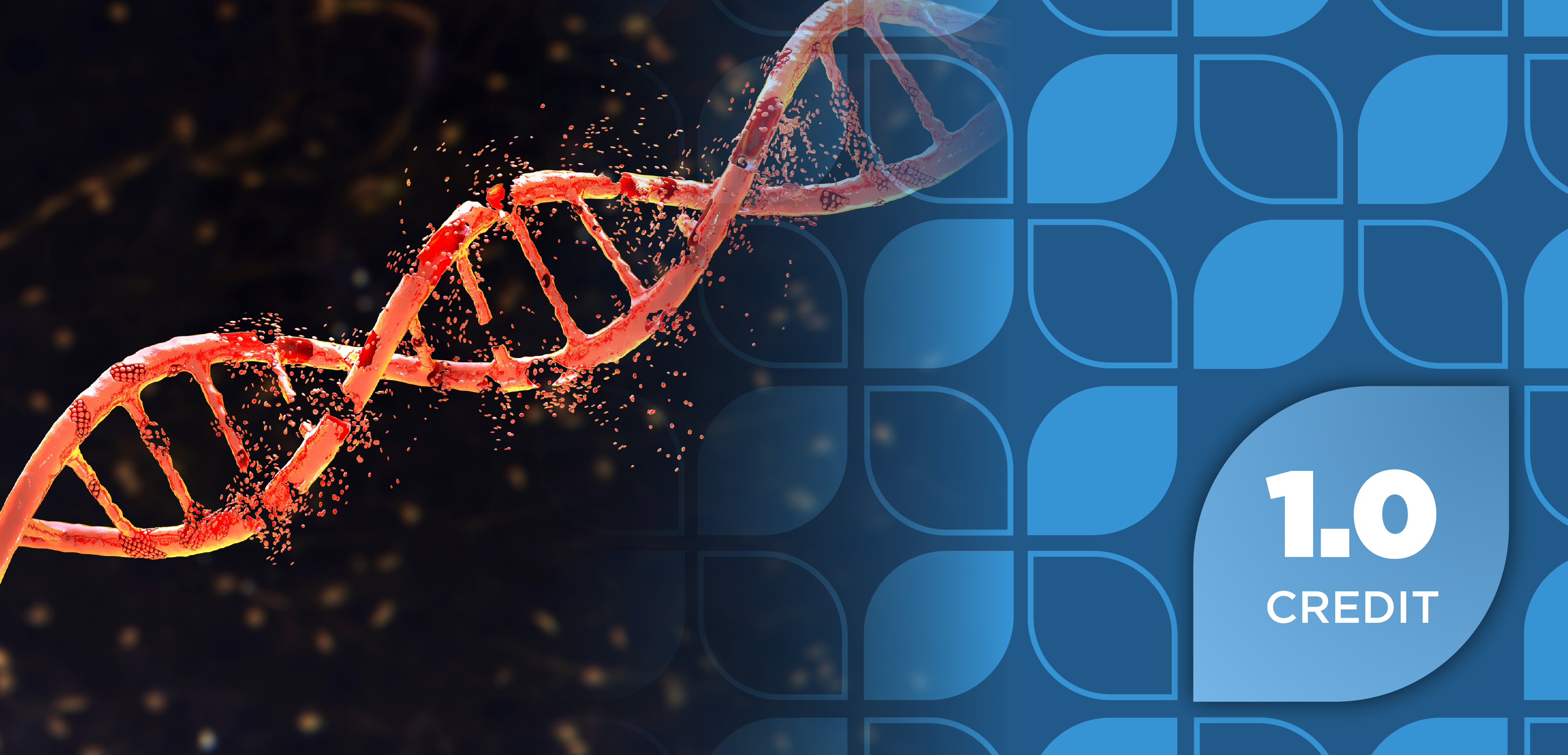
Expert Highlights Advances in HER2-Directed Therapies Beyond HER2-Positive Disease
HER2-targeted therapies have transformed the treatment landscape for breast cancer, expanding far beyond the 15% of patients with HER2-positive disease. Clinical trials such as DESTINY-Breast04 (NCT03734029),1 DESTINY-Breast 06 (NCT04494425),2 and DESTINY-Breast 09 (NCT04784715)3 have highlighted the role of trastuzumab deruxtecan (T-DXd, Enhertu; Daiichi Sankyo and AstraZeneca) in HER2-positive and HER2-low subgroups, underscoring the spectrum of HER2 expression and the growing number of patients who may benefit from this therapy. In an interview with Pharmacy Times®, Morgan Cantley, PharmD, BCOP, shared insights on the evolving role of T-DXd, the impact of the DESTINY-Breast trials, and what these advances mean for patients with breast cancer.
Pharmacy Times: HER2 classifications are expanding, as we now have HER2-low and ultralow. In January 2025, the FDA approved T-DXd for patients with HER2-low and ultralow breast cancer. What insights do you have regarding these new HER2 subtypes and using T-DXd for these patients?
Morgan Cantley, PharmD, BCOP: There is a lot of excitement around testing DESTINY-Breast06. Breast cancer is one of the most common types of cancer that walks through the door in any clinic. It’s going to affect 1 in 7 women in their lifetime, so obviously, [it is] a huge patient population we’re helping here.
When we think about HER2-targeted therapies, we immediately think of HER2-positive breast cancer. However, that only accounts for about 15% of all breast cancers. Previously, we weren’t really using T-DXd in this larger group of patients. The HER2-negative subgroups are where we’ve seen the biggest strides, like with DESTINY-Breast04 and DESTINY-Breast06, in the HER2-targeted therapy space over the past few years. These approvals and clinical trials really reiterate the fact that HER2 expression is a spectrum, and even patients who are low on that spectrum can still derive benefit from T-DXd.
Pharmacy Times: What is your institution’s experience with treating patients with T-DXd? Have you seen a noticeable impact on outcomes or quality of life?
Cantley: As seen in clinical trials, this drug continues to have a positive impact on the longevity of a patient’s life. When a patient is diagnosed with a terminal illness, it is extremely devastating. In this scenario, any additional time that can be given to spend with loved ones is really important. Having this additional line of therapy in HER2-negative metastatic breast cancer is significant.
It’s important to remember, though, that while this is exciting, the toxicity shouldn’t be taken lightly. These toxicities are very different from those of trastuzumab or pertuzumab [Perjeta; Genentech Inc] alone. GI upset, nausea, and vomiting can significantly impact a patient’s quality of life. Thankfully, dose reductions and supportive care medications are available to help patients manage these toxicities and optimize their time on treatment.
Pharmacy Times: Are there any upcoming trials or data you're particularly excited about regarding T-DXd or HER2-targeted therapies?
Cantley: I’m really excited about the results of the DESTINY-Breast09 study. This looked at metastatic HER2-positive breast cancer, a different disease than we were previously discussing. It evaluated the combination of T-DXd plus pertuzumab vs the standard-of-care regimen THP (docetaxel, trastuzumab, and pertuzumab). The study found a statistically significant improvement in progression-free survival with the T-DXd and pertuzumab combination—almost double compared with standard of care—which is very exciting.
There are also data potentially coming soon comparing T-DXd and Kadcyla in the adjuvant setting, in early-stage HER2-positive breast cancer patients with residual disease. I’m looking forward to that becoming available. I’m also hoping we move to the point where we can evaluate T-DXd in all patients who are HER2-negative with no membrane staining, really pushing the boundary of how far we can utilize T-DXd in those completely HER2-negative patients.
Pharmacy Times: How has T-DXd reshaped treatment options for patients with HER2-expressing breast cancer?
Cantley: As you mentioned, like most drugs, T-DXd started in the back of the treatment algorithm and has worked its way to the front, at least in metastatic patients who are hormone receptor–positive/HER2-negative and those who are HER2-positive. Prior to DESTINY-Breast04, only HER2-positive patients were eligible for HER2-directed therapy. With DESTINY-Breast04 and 06, we now have evidence suggesting that patients with some HER2 expression can still respond to T-DXd. It’s great to have another tool in our arsenal to provide the best patient care and help patients live as long as possible.
REFERENCES
1. Trastuzumab deruxtecan (DS-8201a) versus investigator's choice for HER2-low breast cancer that has spread or cannot be surgically removed [DESTINY-Breast04]. Updated April 11, 2024. Accessed August 18, 2025. https://clinicaltrials.gov/study/NCT03734029
2. Study of trastuzumab deruxtecan (T-DXd) vs investigator's choice chemotherapy in HER2-low, hormone receptor-positive, metastatic breast cancer (DB-06). Updated June 18, 2025. Accessed August 18, 2025. https://clinicaltrials.gov/study/NCT04494425
3. Trastuzumab deruxtecan (T-DXd) with or without pertuzumab versus taxane, trastuzumab and pertuzumab in HER2-positive metastatic breast cancer (DESTINY-Breast09). Updated August 1, 2025. Accessed August 18, 2025. https://clinicaltrials.gov/study/NCT04784715
Newsletter
Stay informed on drug updates, treatment guidelines, and pharmacy practice trends—subscribe to Pharmacy Times for weekly clinical insights.


























































































































































































































